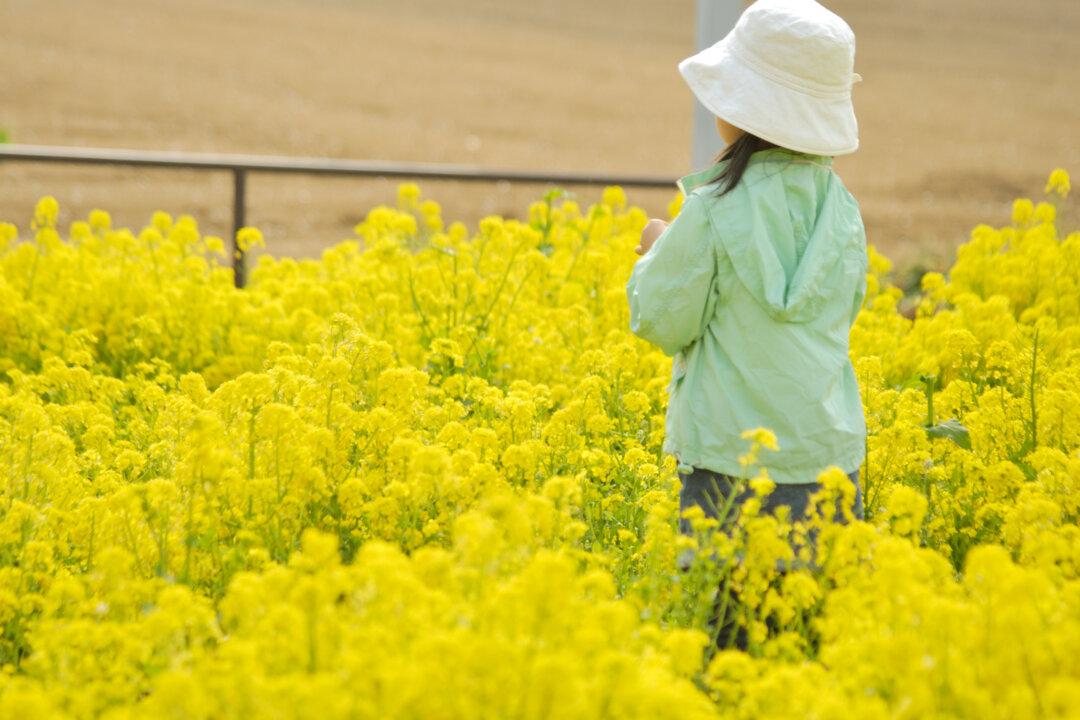The next time you put mustard on a hotdog or horseradish on a burger, thank caterpillars and brassica for that extra flavor.
While these condiments might be tasty to you, the mustard oils that create their flavors are the result of millions of years of plants playing defense against pests. But at the same time, insects like cabbage butterflies worked to counter these defenses, which then started an arms race between the plants and insects.
Researchers recently gained insight into a genetic basis for this co-evolution between butterflies and plants in Brassicales, an order of plants in the mustard family that includes cabbage, broccoli, and kale.
“We found the genetic evidence for an arms race between plants like mustards, cabbage, and broccoli and insects like cabbage butterflies,” says Chris Pires, researcher at the University of Missouri Bond Life Sciences Center and associate professor of biological sciences.
“These plants duplicated their genome and those multiple copies of genes evolved new traits like these chemical defenses and then cabbage butterflies responded by evolving new ways to fight against them.”
Off-putting Flavors
While you might like the zing in mustard, insects don’t.
Compounds, called glucosinolates, create these sharp flavors in plants to defend against caterpillars, butterflies, and other pests. Brassicales species first evolved glucosinolate defenses around the KT Boundary—when dinosaurs went extinct—and eventually diversified to synthesize more than 120 different types of this compound.
